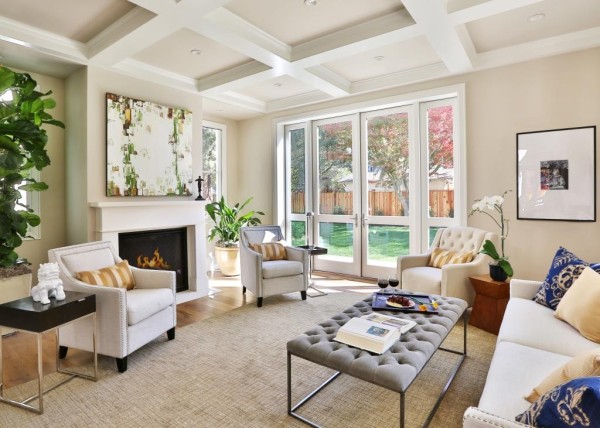These resources are from an archived version of our website. Want to see what we’ve been up to lately? Check out our new website.
Best Practices for High-Performance Home Insulation
NOTE: This is a two-part series. Click here to read part 1. You can also download our complete Guide to High-Performance Home-building.
Clarum Homes is leading the way in building high-performance custom homes that minimize the use of resources, greatly reduce harmful effects on the environment, and create healthier and more comfortable living spaces. We follow a set of best practices for high-performance insulation that you should consider – and speak about with your builder – when you’re ready to build a new custom home.

Best Practices for Home Insulation
Insulated Foundation
It may seem strange to think about insulating below the concrete slab of your home’s foundation. But the fact is, an uninsulated foundation can result in large heat loss from an otherwise tightly sealed, well-insulated house.
When implemented correctly, foundation insulation reduces your need for heating throughout the house, and prevents against moisture condensation – which is often caused by the difference in temperature between the below-grade interior and the earth around the foundation.
Be sure that you’re working with a builder who’s experienced in installing foundation insulation – a poorly designed system can cause a whole slew of problems including radon infiltration, moisture issues, and insect infestation.
Curious what foundation insulation looks like? Take a look at this photo of the foundation of our Menlo Passive project, snapped between installing the foundation insulation and pouring the slab.
Structural Insulated Panels (SIPS)
Rather than installing the structural elements and insulation of your new home separately, a faster and more effective approach is to use building components that integrate these two systems.
SIPS are high-performance building panes that are used to create the external envelope – the floors, walls, and roof – of your home. SIPS panels offer maximum air tightness and insulation, with superior R values. Which means your home is extremely strong, energy efficient and cost effective.
SIPS are typically made by sandwiching a rigid core of foam plastic insulation between two structural skins of oriented strand board (OSB). A high-performance builder will be able to adapt virtually any wood-framed structure, concrete block or similar design to SIPS construction – and you’ll experience the benefit of a smooth and rapid assembly process. See the rapid SIPS framing and installation process for yourself on our Menlo Passive site.
Exterior Insulation
Yes, that’s right – insulation on the outside of your house.
No, we’re not off our rockers. This practice, also referred to as “outsulation,” adds insulating power to the outside of the exterior walls – creating an unbroken thermal barrier around the envelope of the home. The result? A more comfortable living environment, and boosted energy efficiency in your new home.
Want to see some photos? Click here to see the outsulation on our Menlo Passive project.
Other Elements to Consider
The best practices listed above are essential for achieving high-performance insulation, but there are other aspects of your custom home that will help with your goals for increased energy efficiency and cost savings, including:
Be sure to ask your builder about their ability to design for and implement high-performance insulation. With the right approach, high-performance insulation can create a significant ROI for your custom home project, while conserving energy and promoting a healthy home environment.
Want to learn more about how high-performance best practices can transform your new home? Give Clarum a call at 650.322.7069 or check out our High-Performance Home Building Guide.








